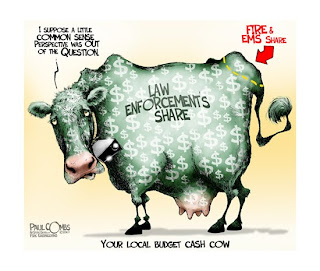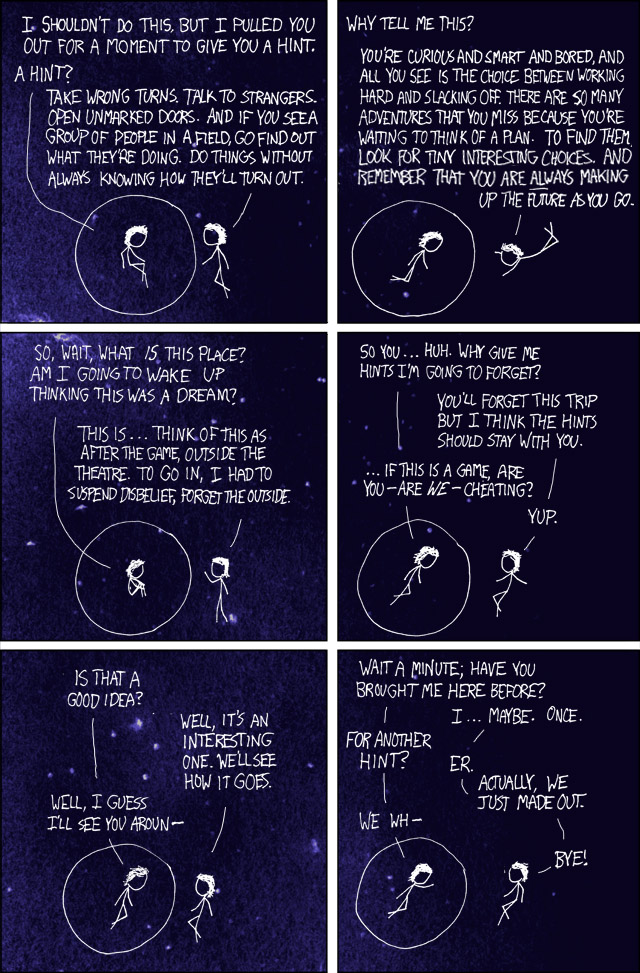
Thus far on this quest for the definition and true meaning of ‘caricature’, through the various readings and discussions in class, several key factors or ideas were discovered that help in specifying the classification of caricature.
One idea of the meaning of caricature was taking one’s external appearance and changing the features enough so that likeness of the individual still remains, yet with the new rendering it is the hope that the re-created face reveals the individual’s inner character, whether it be stupidity, malice, or in genuineness, that wouldn’t normally register in the outward appearance.
Building upon this main notion of what caricature is, is the theory of physiognomy. Physiognomy is defined as: “the art of discovering temperament and character from outward appearance, the facial features held to show qualities of mind or character by their configuration or expression”, as well as, “external aspect; also : inner character or quality revealed outwardly”. (Merriam-Webster Online Dictionary)
Thus, the study of physiognomy and the main notion of caricature are similar and complimentary to ideas each represents. A caricature plays off of physiognomy, by rendering the individual’s caricature features to match the physiognomy of the individual’s inner personality and bringing it to the external visible surface through the rendered features.
The image featured above, a movie poster of the production, “Dr. Jekyll and Mr. Hyde”, serves as a good example of caricature combined with physiognomy. The story in itself is a caricature of a “doctor who experiments with drugs, because he's certain that within each man lurks impulses for both good and evil.” After creating and taking a drug that will liberate the evil side within him, Dr. Jekyll transforms into “the hard drinking, woman-chasing Mr. Hyde.” Soon after, Dr. Jekyll becomes addicted to the substance, and is “unable to control the violent and unstable Mr. Hyde.”
The movie is an outward reflection of one’s inner personality and demons, demonstrated by the transformation of Dr. Jekyll into his caricature and personification of inner demons, Mr. Hyde. Furthermore, this poster displays the role of physiognomy in the dissimilar yet recognizable features of Dr. Jekyll and Mr. Hyde, contrasted by Dr. Jekyll civil and proper appearance compared to the reckless, disheveled and monstrous features and appearance of his counterpart Mr. Hyde. Both appearances of the man show the differences in personality based upon their outward appearance.












































